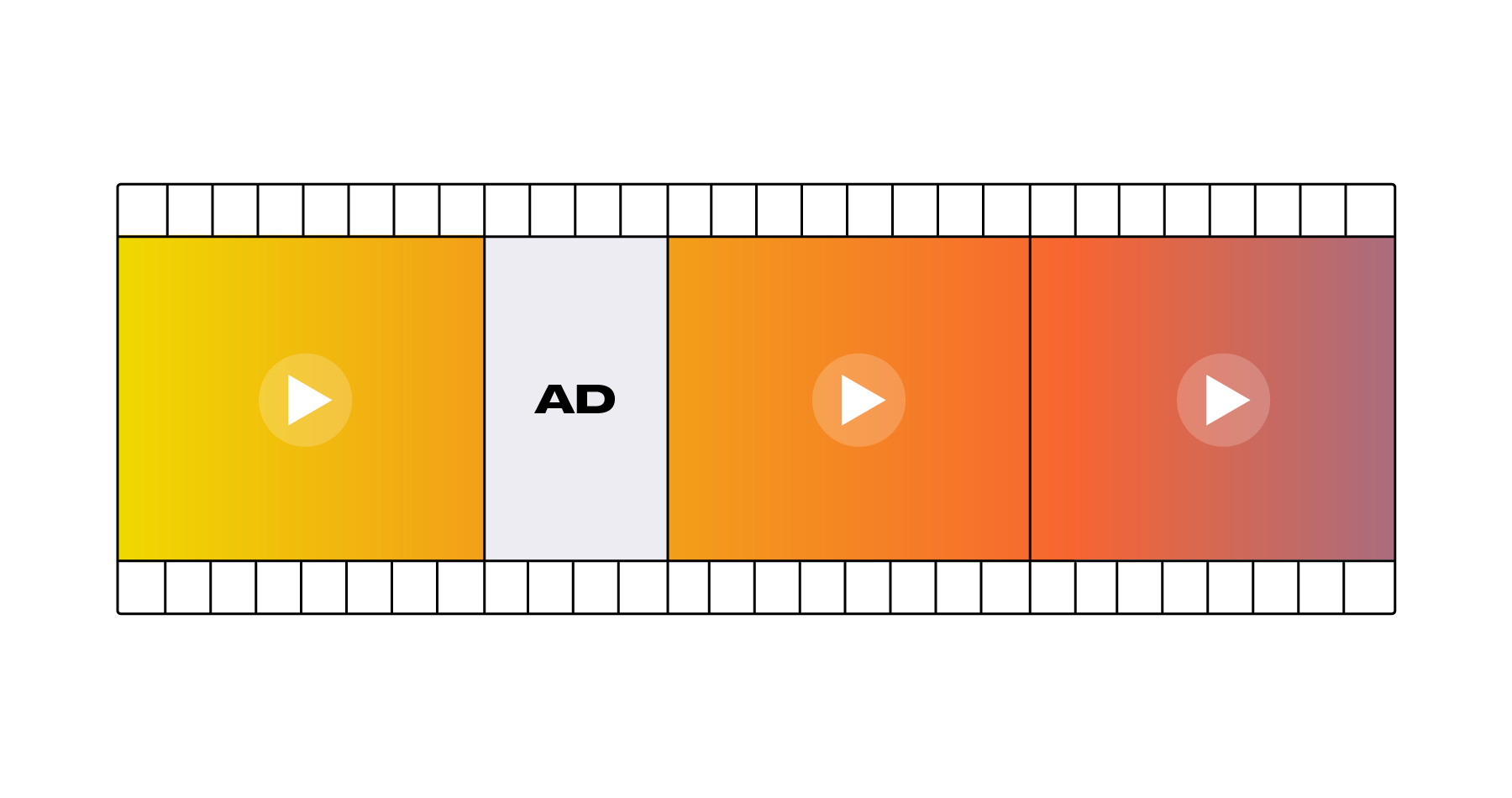Monetization: Not The Mystery You May Think It Is
Media

Monetization is no longer a future looking buzzword used in the industry, as in, ‘one day, we plan to make money on our video offerings.’ Today, it is table stakes. To wit, revenues from digital video hit a record $9.1 billion in 2016, a 53 percent year-over-year rise from $5.9 billion in 2015, according to the Internet Advertising Bureau’s annual report. On mobile devices, video revenue skyrocketed, increasing 145 percent year-over-year to nearly $4.2 billion. At Brightcove, we see these trend spikes too, as more than 400 million ads are delivered by our players, helping our customers realize nearly $5 million in revenue each month.
That said, the path to online video monetization isn’t without its curves and virtual speed bumps. Here are a few of the present hurdles faced by dynamic ad insertion (DAI) workflows today, along with some solutions that we see driving results for our customers.
Ad Blockers
There is no technology in today’s marketplace that generates more grief and anguish than ad blockers. Millions of people worldwide have installed browser plugins to fend off what they determine to be intrusive advertising experiences. There is some merit to this line of thinking. For a long time, digital audiences have been forced to deal with ads that did all they could to be ‘in your face’, popping up, and taking over the browsing experience, and in turn, all of your attention. A growing dialog amongst industry thought leaders identified that with improved ad experiences, more effectively targeting the user or viewer, the more likely viewers are to allow and even interact with advertising.
From a technical perspective, ad blockers ‘see’ HTTP requests from the browser and prevent that payload from being delivered. When this process is applied to video, it is incredibly disruptive to the viewing experience. Not only does the ad not play, but also the entire video viewing experience is often completely stopped.
The remedy for this is to shift the ad request and delivery from the player to the cloud with server side ad insertion (SSAI). With this process, the browser and player ‘see’ one contiguous stream, with no delineation between ads and video. Given that, ad blockers cannot interrupt the experience. Furthermore, this is the only way to deliver monetizable video streams to platforms like Apple TV and Roku. The result is that the viewer is able to watch the video and the ads within in a non-disruptive manner, while the advertiser places ads with their desired audience, and the ‘take over’ nature of ad formats that came before are relegated to history.
Parsing Performance
More viewers are growing up in a mobile first world, expecting video instantaneously when they click play, meaning the time to the first frame is even more crucial with this demographic. The longer it takes for videos to start, the more likely viewers are to form negative opinions of that experience or to disengage altogether. This performance is important, and at the same time, something is happening beyond the playback itself.
One common goal of broadcasters, publishers, and networks is to profit from video content. Behind the scenes, the multiple auctions and calls to ad servers disrupt the overall experience resulting in buffering and delays. Issues like this are problems Brightcove is working to solve. Furthermore, measurement and viewability metrics are more important than ever for advertisers. They want to know was the ad played? Was the entire ad viewed? If the answer is no, when did the viewer close out? These client side metrics being captured can contribute to latency and poor video experiences.
To remedy these issues, a few things can be done to optimize viewing.
Publishers need to up their content game. Engaging content finds audiences, drives ad spend. Sounds simple enough but there is a lot of bad video content out there and this content participates in the same auctions even though it does not carry the same viewing quality.
The industry needs to push out low quality content from the system.
Rid the system of bad latency actors to improve upon monetization strategies. This will reinforce the idea that there is no difference in the speed of watching traditional television or online video. I call this idea ‘better than broadcast’. Online video should be as good, if not better, than broadcast when it comes to the viewing experience even when it comes to advertising.
As an industry, technologists and advertisers need to come to an agreement on the best method for monetizing video. Reducing dependency on Flash while shifting demand from VPAID Flash to VAST + video or VPAID JavaScript. With the auction process, velocity can increase with the use of programmatic real time ad bidding and SSAI. In short, moving these processes to the cloud can help to increase speed and independence rather than have them tied to the Play button as they are now.
Mangling Manifest Manipulation
Everyone likes maps that lead you to treasure. Believe it or not, the video technology that helps deliver viewing experiences to screens and devices of all shapes and sizes is similar to a treasure map. The map is the manifest and the treasure is the video that assembles on our devices. One primary reason for this approach is the ability for the video to shift and adapt to changing network conditions. The overarching term for this technology is adaptive bitrate, or ABR. Though Apple’s HTTP Live Streaming (HLS) spec is largely the most prevalent format, there are other ‘flavors’ of ABR video technology – MPEG-DASH, Microsoft’s Smooth Streaming, Adobe’s HDS.
These video formats contain two primary elements:
Fragments: The actual pieces, or ‘chunks’ of video content, generally in four-second increments.
Manifest: This is the treasure map, as it helps point a player to the video chunks and the order in which they are to be assembled and played. It is a text-based or XML file with specific variants depending on format.
By changing the manifest, one or more video elements can be modified, such as: inserting ads, inserting alternate content, to adjust for blackouts, limiting or expanding the number of bit rates available, or setting initial bit rates. Though the concept is simple, manifest manipulation is often tricky. Most of these ABR protocols aren’t very tolerant and don’t like having the manifest rewritten. Specifically with advertising payload, if there is variance in the granular encoding settings between the ad payload and the program content and the manifest is changed, the player will most often break playback along those boundaries. Put another way, this is the equivalent of forcing the engine in your vehicle to switch from unleaded gasoline to diesel on the fly. It likely won’t end well. Though manifest manipulation provides some flexibility, it can be detrimental to the monetization aspect of an online video strategy.
Fortunately, addressing these hurdles is fairly straightforward. Establish standards between the programming and advertising that plays in and around it. Ensure the compression and encoding settings between the two are identical. This can be a challenge, especially with the ad payload. If the process properly encodes ad units as they are placed, just prior to playout, this process ensures that playback is uninterrupted, visual quality is maintained and monetization intact by processing all content in a ‘just in time’ process.
Despite these near term hurdles, many media and entertainment organizations are very bullish on their online video strategies. Just like its big brother, traditional television evolved, so too will online video. In fact, it is very safe to say that the pace of innovation and change is far faster for online video than traditional television ever imagined. This is perhaps one of the key factors that drove Disney to invest billions in online video provider BAM Tech, with an eye to the future of all video and channels - not simply OTT and ‘streams’.



